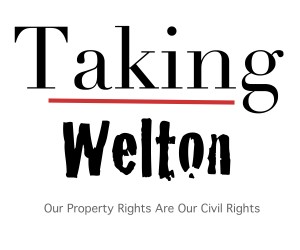Court Provides Guidelines on Valuing Natural Resources in Eminent Domain Proceedings
“Valuing mineral rights in eminent domain proceedings is inherently speculative and can lead to wide swings in property valuations. So how do appraisers best deal with the uncertainty involved in mineral exploitation? The California Court of Appeal recently provided some guidance in San Diego Gas & Electric Company v. Arnold J. Schmidt et al. (2014) 2014 Cal. App. Unpub. LEXIS 5090.
In Schmidt, the Court allowed the introduction of the property owner’s appraiser’s valuing 115 acres of vacant in San Diego based on the projected future income the property would generate for mining operations. This approach resulted in a jury awarding approximately $8,000,000 to the owners as a result of a condemnation by SDG&E for its Sunrise Powerlink Project. SDG&E valued the property at approximately $700,000. This huge difference in valuation turned on the highest and best use of the property, and permissible methods for determining the proper amount of just compensation for losing the ability to exploit the property’s natural resources.
The Court began by noting some well-established principles of California’s eminent domain law, including: that owners of private land are entitled to just compensation for property taken for public use; that the measure of this just compensation is the property’s fair market value; and that this fair market value includes the right to exploit the natural resources located on or under the land in the future. So, “[i]n determining just compensation in eminent domain proceedings, the existence of valuable mineral deposits in the land taken… influences the market value of the land.” The Court noted that while valuation of a mineral estate is inherently difficult, and to some degree speculative, that doesn’t preclude the mineral estate from having and ascertainable market value.”
Suarez, Alexander. JDSupra Business Advisor 30 July 2014.
